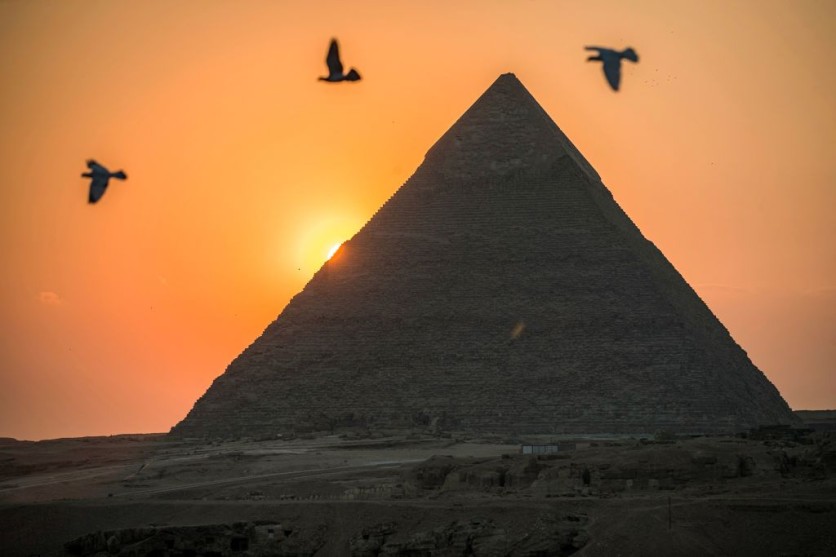Archaeologists have found a pyramid belonging to a previously unknown ancient Egyptian queen outside King Tut's tomb, along with a trove of coffins, mummies, artifacts, and a network of tunnels.
As reported first by Live Science, archaeologists have been excavating at the Saqqara archaeological site in Giza -some 20 miles (32 kilometers) south of Cairo - for the past two years.

A Cache of Coffins and Mummies
They recently found a cache of coffins and mummies that may be those of King Tut's closest generals and advisers from his time in power from 1333 B.C. until his demise in 1323 B.C.
Additionally, the archaeologist shifted their attention to a nearby pyramid that belonged to Teti, the first ruler of Egypt's Sixth Dynasty.
People desired to be buried close to Teti because he was venerated as a god during the New Kingdom, according to Zahi Hawass, an Egyptologist working on the dig and a former minister of antiquities in Egypt.
Hawass told Live Science that the majority of previously discovered graves at Saqqara came from either the Old Kingdom or the Late Period. But now, they have discovered 22 shafts with New Kingdom tombs ranging from 30 to 60 feet (9 to 18 meters).
New Kingdom Coffins
The New Kingdom era, often known as the Egyptian Empire, began in the sixth century B.C. till the 11th century B.C.
Archaeologists discovered 300 New Kingdom coffins and a massive limestone sarcophagus buried inside these tunnels, according to Hawass.
Hawass further noted that these discoveries are unique to the site because burials from the New Kingdom were not previously known to be frequent in the region.
The coffins are painted with scenes from the Book of the Dead, an ancient Egyptian funeral book, and each one has a distinct face that distinguishes between men and women.
Each coffin also bears the name of the dead and depicts the Four Sons of Horus, who guarded the body's organs, according to Hawass.
The archaeologists were also shocked to discover that the mummies were still in good shape even though centuries have passed.
Discovering the Mysterious Queen
A pyramid glorifying a queen whose identity was previously unheard of was also discovered by the team.
"We have since discovered that her name was Neith and she had never before been known from the historical record. It is amazing to literally rewrite what we know of history, adding a new queen to our records," Hawass said in a statement.
The Grand Egyptian Museum in Giza, which is scheduled to open next year, will host a display of some of the coffins and artifacts discovered at the excavation site.
Related Article : Archaeologists Find a "Miracle" Ancient Tunnel Where Cleopatra May Have Been Buried
This article is owned by Tech Times
Written by Jace Dela Cruz
ⓒ 2025 TECHTIMES.com All rights reserved. Do not reproduce without permission.




